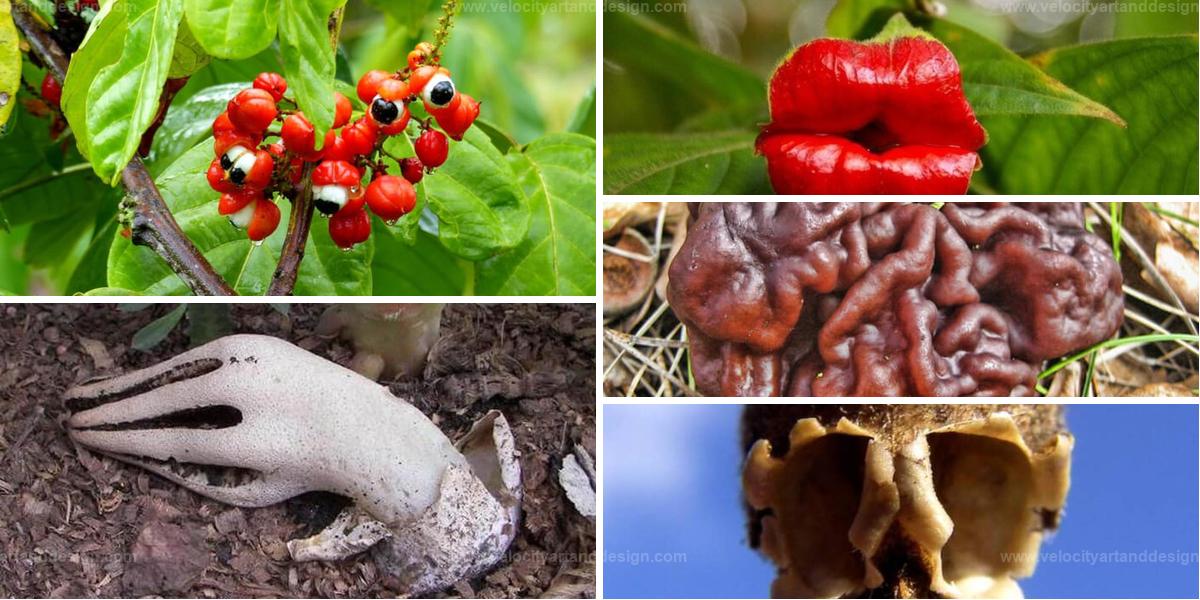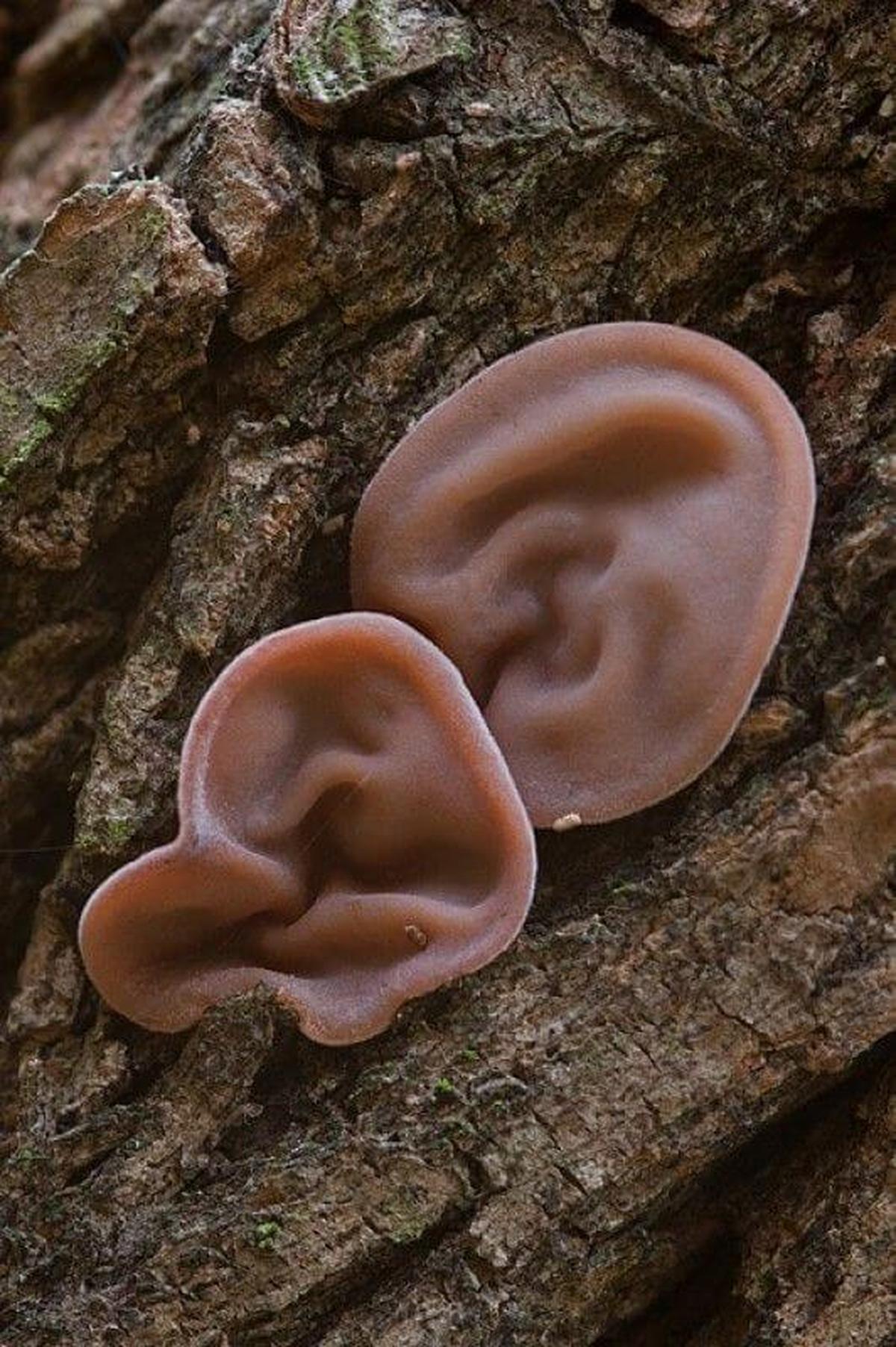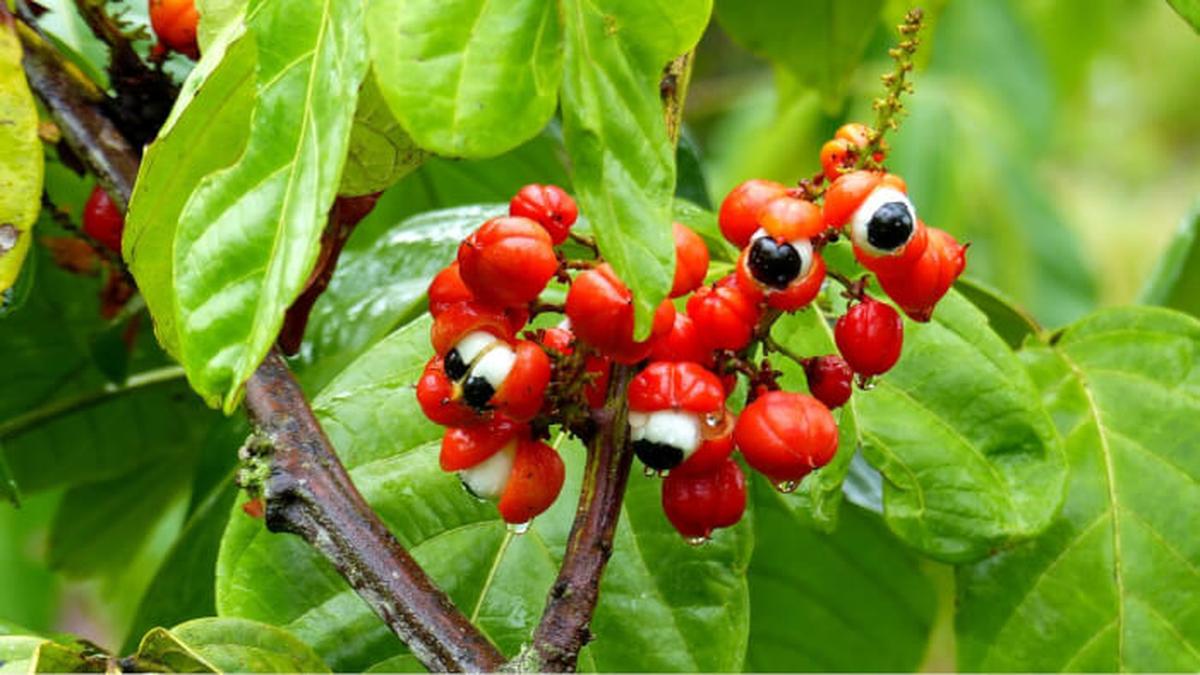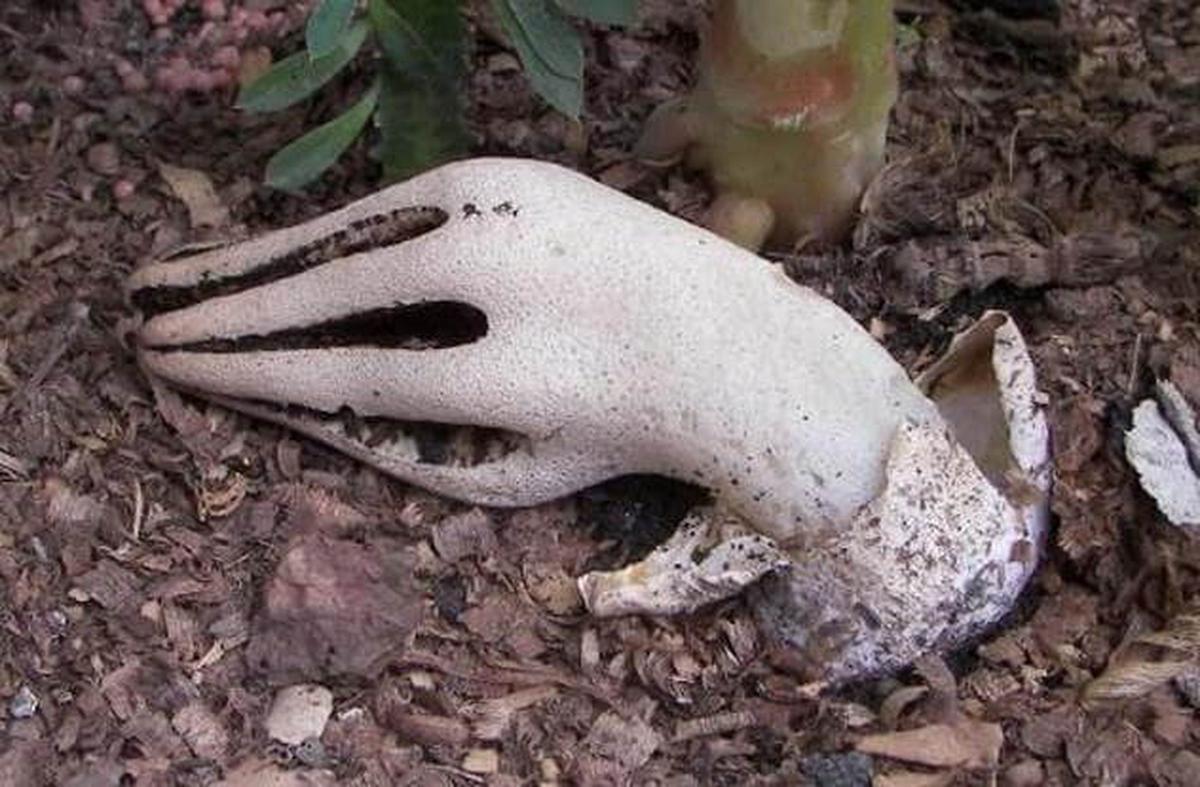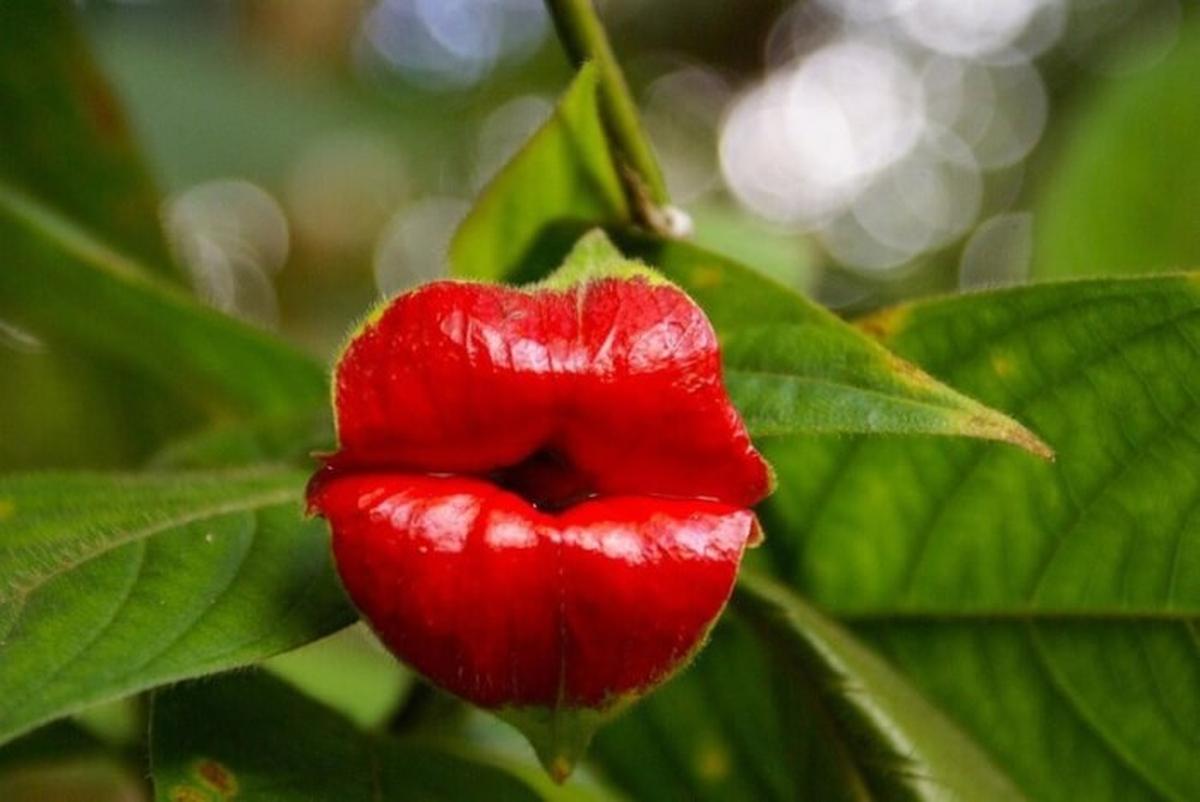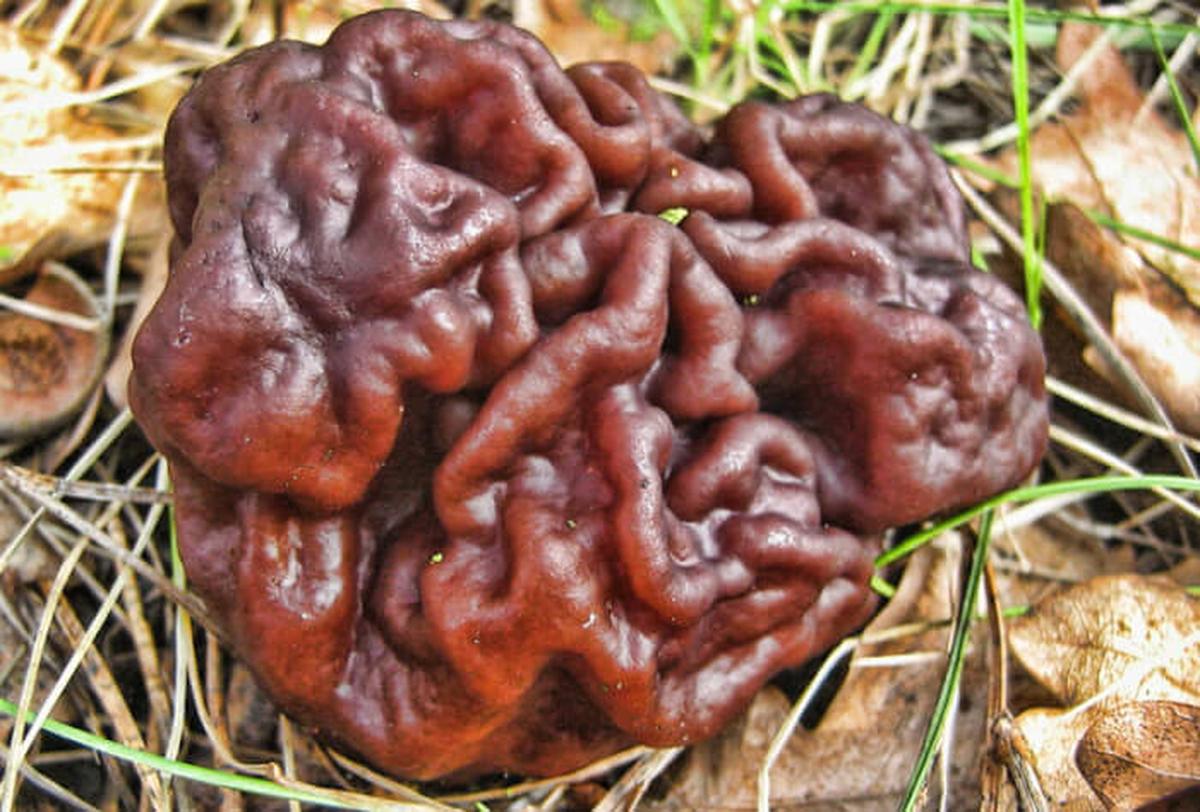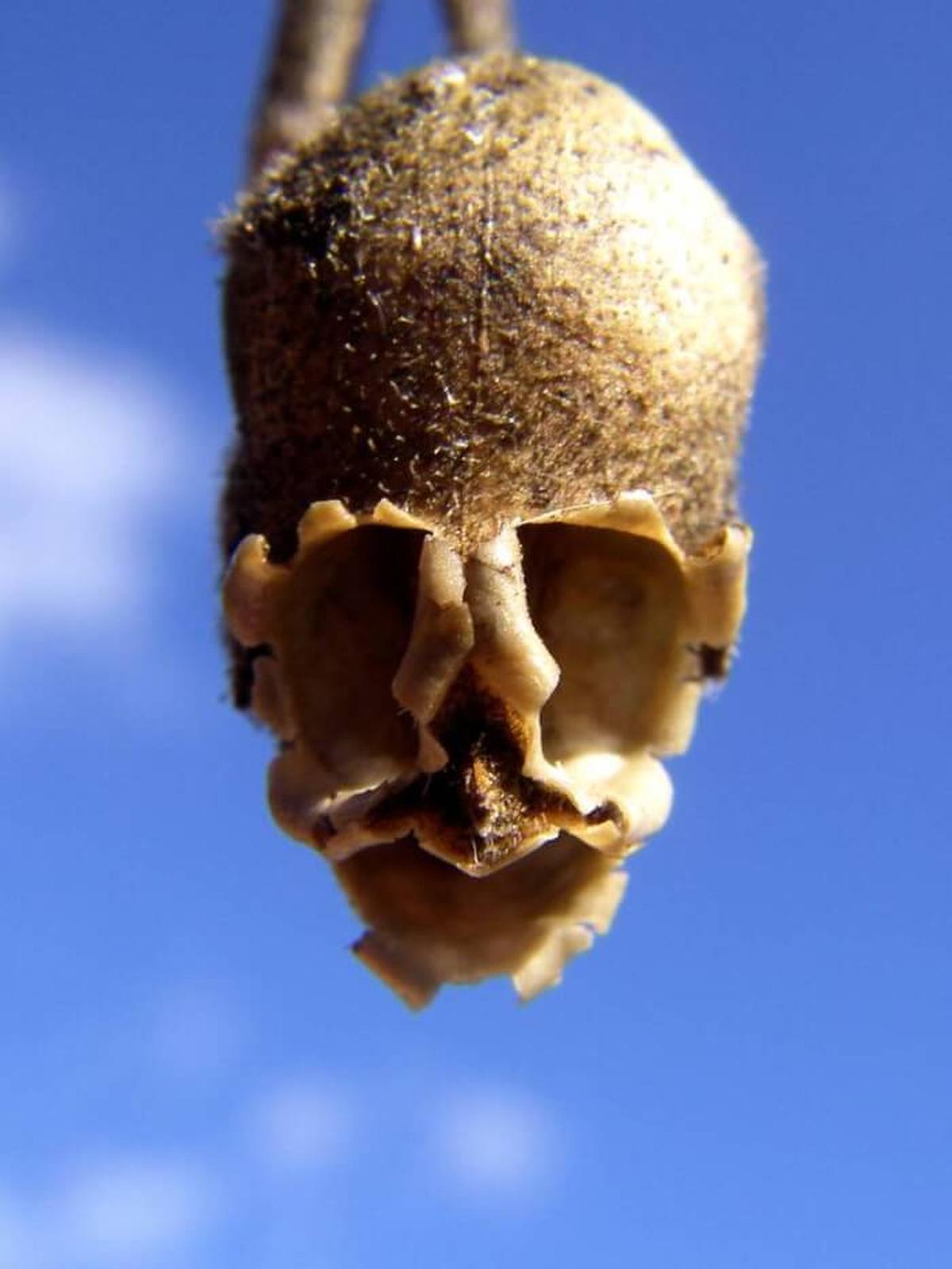6 Human-Shaped Plants for Quirky Gardens
Unique plants that resemble human body parts bring a playful, quirky element to plant collections. Each plant showcases fascinating shapes that mimic features like fingers, lips, or even faces.
These varieties make bold statements, adding conversation pieces to any indoor or outdoor space. Their unusual forms often attract attention, making them memorable additions to any garden or room.
Many are low-maintenance, fitting well into various environments. Check out these 6 plants with human-like forms to give your collection an unforgettable twist.
Auricularia Auricula
Auricularia auricula, often referred to as the jelly ear mushroom, closely resembles the shape of a human ear. In its fresh form, this unique fungus boasts a gelatinous and chewy texture that adds an interesting element to various dishes.
Once dried, it hardens considerably, becoming tough like bone. This remarkable transformation highlights its versatility in both culinary uses and preservation methods.
Exploring auricularia auricula can enhance your understanding of fungi's role in our diets and ecosystems alike.
Guarana
Guarana is an intriguing climbing vine belonging to the maple family. Its broad leaves are adorned with clusters of delicate flowers, creating a visually appealing plant.
The fruit boasts striking red skin that encases white flesh and contains black seeds reminiscent of coffee beans. When you cut into it, the combination of skin, pulp, and seeds resembles eyeballs in appearance.
This unique structure adds to its allure as a natural source of energy often used in beverages and supplements for increased vitality.
Devils Fingers Mushroom
Devils fingers mushroom presents a striking appearance, resembling a decaying hand. Mature specimens display four to eight vivid red appendages, akin to fire truck hues, topped with dark spheres that mimic octopus tentacles.
These peculiar black formations are known as gleba and emit an odor similar to decomposing flesh. This unsettling aroma plays a role in attracting insects for spore dispersal, emphasizing the unique lifecycle of this fungus.
Encountering such a remarkable organism can be both intriguing and slightly eerie at once.
Psychotria Elata
Psychotria elata captivates with its striking appearance, resembling plump lips in a vivid red hue. This remarkable plant draws attention effortlessly in any setting due to its unique floral structure.
Found primarily in Central and South America, it thrives under humid conditions where vibrant colors flourish. The allure of this species not only lies in its beauty but also highlights the diverse wonders of nature's artistry.
Experiencing Psychotria elata feels like stepping into a living painting that sparks curiosity about the world around us.
False Morels
False morels present a fascinating yet deceptive appearance with their lobed and wavy surfaces, reminiscent of the brain's convoluted structure. These mushrooms can easily mislead foragers due to their misleading resemblance to edible varieties.
Recognizing their unique features is crucial since consumption can lead to severe poisoning. Always prioritize safety by identifying them correctly before any culinary adventures.
Knowledge about false morels ensures informed choices in mushroom hunting and cooking experiences.
Snapdragon
Snapdragon flowers, particularly when they wilt, take on a fascinating resemblance to human skulls. This intriguing characteristic adds an unexpected twist to their natural beauty.
Many people find this connection between nature and the macabre quite striking. Beyond aesthetics, snapdragons symbolize strength and resilience in various cultures.
Embracing these unique features can spark your interest in exploring more about plant symbolism and its deeper meanings in our lives.

